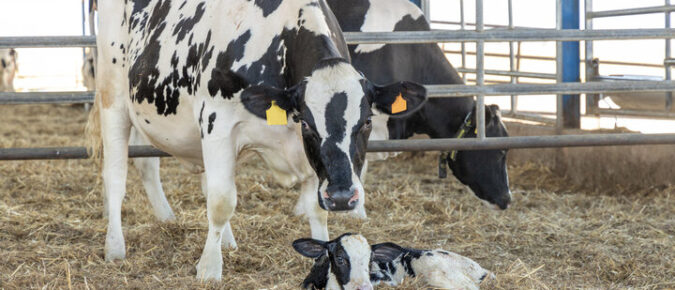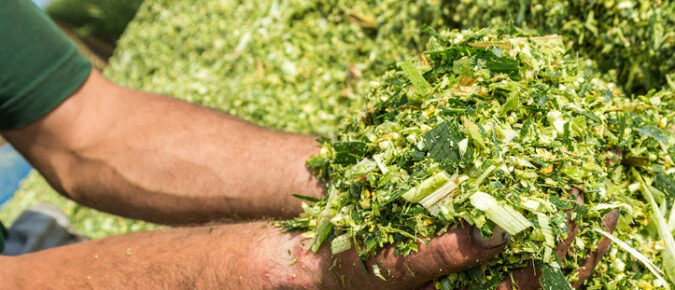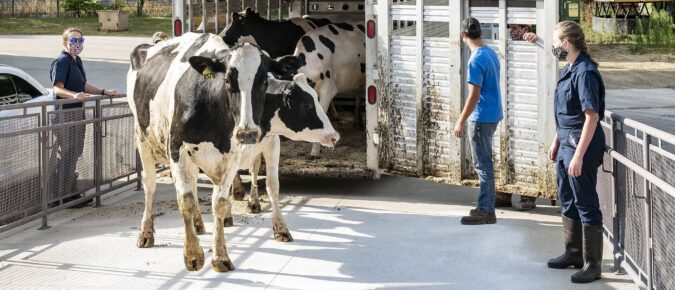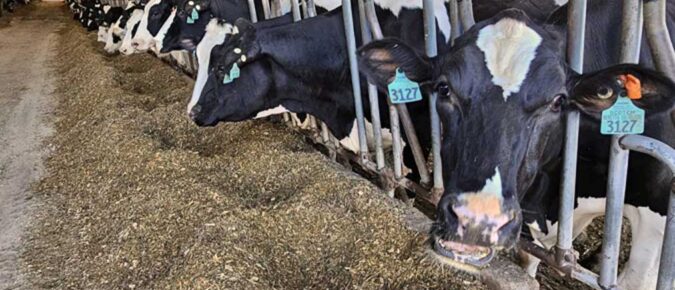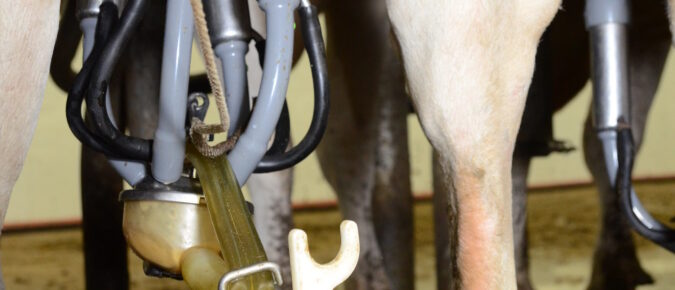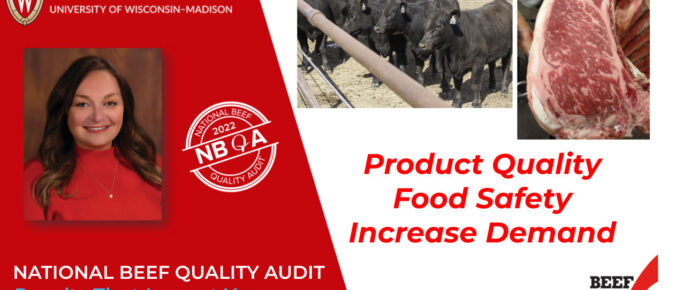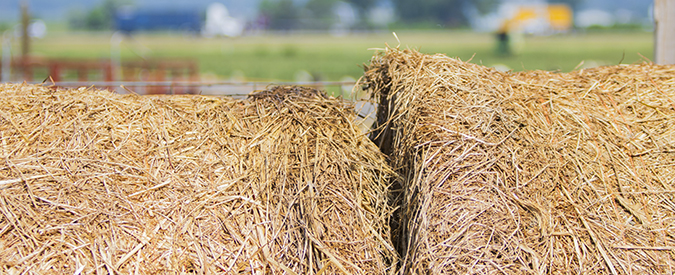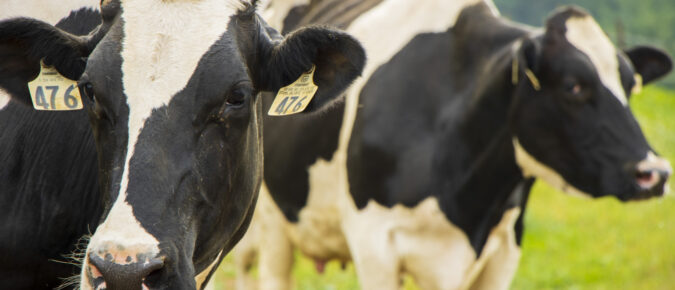Advances in activity monitoring technology have taken electronic estrus (heat) detection from concept to reality on more dairy farms today. This is of significance because estrus detection has historically been a challenging task.
Information on the evaluation of the nutritive value of corn silage or corn hybrids for potential use in silage production.
Highly Pathogenic Avian Influenza (HPAI) H5N1 virus is an emerging issue that poses a significant threat to the health and well-being of dairy herds.
Dr. Paul Fricke and Dr. JP Martins discuss optimizing the use of sexed and beef semen in dairy herds, managing heifer growth and reproduction, and optimizing re-synchronization programs in lactating dairy cows.
Lyssa Seefeldt discusses the use of fats in dairy rations, how fats are digested & metabolized, types of fats, and potential limitations of using various fats in dairy diets.
Sebastian I Arriola Apelo discusses amino acid balancing when feeding different energy sources to maximize milk protein and fat. Discussion will include various scenarios, including consideration of an induced milk fat depression.
Fiber in the diet provides an important role in rumen function and digestive health. The varying levels of digestibility of fiber are due, in part, to differences in the amount of lignin, the part of the plant cell wall that provides the plant rigidity.
In this insightful webinar, gain a comprehensive understanding of how these practices can significantly enhance efficiency in the milking parlor and beyond.
Kent Weigel, Professor and Chair of the Department of Animal and Dairy Sciences at the University of Wisconsin – Madison Division of Extension, presents on current research on the day-to-day consistency of dry matter intake, milk yield, and the genetics behind it.
In this video Michaela Clowser, Tammy Vaassen and Bill Halfman discuss the 2022 NCBA Quality audit results with dairy and beef producers.
Forage testing has the potential to allow you to more effectively utilize your forages. Using test results can help you realize more pounds of milk from your cows by helping you decide where to best use your forages and how to complement them in your ration. Using forage testing is a relatively inexpensive way to maximize your efficient use of forage.
Advances in dairy genetic research have created an ever-increasing amount of information for dairy farmers to take into consideration for sire selection. Dairy sire proofs contain a mix of numbers, acronyms, and other terminology. This reference guide covers common sire proof information and what it means.

